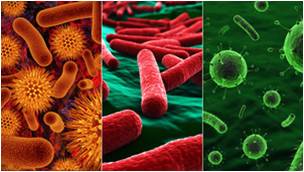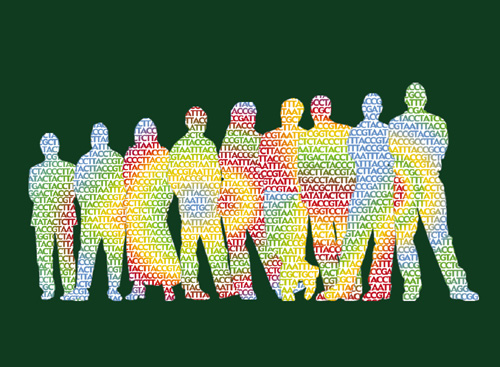The Microbiome In Sports Performance & Health
2016 science update: New research suggests the 10:1 microbial cell to human cell ratio is closer to a 1:1 ratio. Take a look at, “Scientists bust myth that our bodies have more bacteria than human cells,” (Nature News) and check out the comments.
* * *
The microbiome is the community of organisms that live symbiotically in and on us. It comprises microbes (bacteria, fungi, protozoa, viruses), and their genomes. You’ve probably heard the astounding stat before, but it’s worth repeating: for every 1 human cell we have, we have 10 microbial ones! We each host several pounds of microbes, along with their 8 million genes.
Because this is such a rapidly evolving area with wide-ranging implications, we decided to turn our formal presentation at the 2013 American College of Sports Medicine conference into a discussion session. We wanted to take the opportunity to have all the experts in the audience share their professional knowledge and personal experiences. Renowned sports nutritionists talked probiotics, the concept of an ‘exercise microbiome’ was raised, and a surprising number of attendees shared personal stories of the consequences of prolonged antibiotic use.
We discussed the role of the microbiome in exertional heat stroke and in modulating the physiological effects of beetroot juice consumption. We talked about contact sports, numerous diseases, behavior, ergogenic aids, and much more. By the end of the session, it was clear that we had barely scratched the surface of the importance of our microscopic kin to our health, to sports performance, and to how we need to think about designing research studies.
How do you think the microbiome will affect sports performance? Do you take probiotics? What do you think will be/is over-hyped in this area? We look forward to continuing the discussion!
Recommended Readings and Resources
Popular press
- Some of My Best Friends Are Germs, Michael Pollan, The New York Times Magazine
- Germs Are Us, Michael Specter, The New Yorker
- Tending the Body’s Microbial Garden, Carl Zimmer, The New York Times
- Microbes: The Trillions of Creatures Governing Your Health, Richard Conniff, Smithsonian magazine
Projects
- Human Microbiome Project
- Earth Microbiome Project
- Hospital Microbiome Project
- Home Microbiome Study
- Belly Button Biodiversity Project
- Human Food ProjectBioBE, Biology and the Built Environment Network
Scientific reviews
- The gut microbiota–masters of host development and physiology. Sommer F, Bäckhed F., Nat Rev Microbiol. 2013 Apr;11(4):227-38. doi: 10.1038/nrmicro2974.
- Exploring host-microbiota interactions in animal models and humans. Kostic AD, Howitt MR, Garrett WS, Genes Dev. 2013 Apr 1;27(7):701-18. doi: 10.1101/gad.212522.112.
- Gut microbiota and the immune system: an intimate partnership in health and disease. Iebba V, Nicoletti M, Schippa S., Int J Immunopathol Pharmacol. 2012 Oct-Dec;25(4):823-33.
- Environmental factors influencing the efficacy of probiotic bacteria. Marco ML, Tachon S., Curr Opin Biotechnol. 2013 Apr;24(2):207-13. doi: 10.1016/j.copbio.2012.10.002.
- Fecal microbiota transplantation: techniques, applications, and issues. Borody TJ, Campbell J., Gastroenterol Clin North Am. 2012 Dec;41(4):781-803. doi: 10.1016/j.gtc.2012.08.008.
- Early development of intestinal microbiota: implications for future health. Saavedra JM, Dattilo AM. Gastroenterol Clin North Am. 2012 Dec;41(4):717-31. doi: 10.1016/j.gtc.2012.08.001.
Want to learn more? Follow #microbiome on Twitter
Related posts
- Boosting Athletic Performance With Beetroot Juice, Nitrate and Spit
- 12 real foods for real results: Insider tips from top sports nutritionists
- Carbohydrates and sports performance: rinse, repeat, win?
- Is your activity tracking gadget accurate? Do you care?
- Track, Share and Compare: The Hot Trend of Self-Tracking









Leave a Reply
Want to join the discussion?Feel free to contribute!